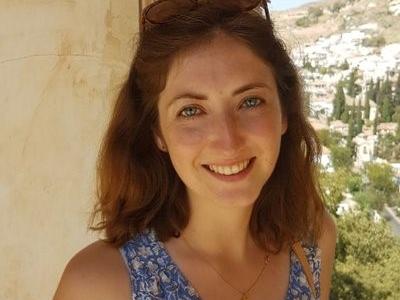
In the twenty-first century Scotland has become a celebrated, if controversial, site of refugee resettlement through the landmark New Scots Refugee Integration Strategy (2014-2017 & 2018-2022) which committed to dispersing refugees across all 32 of Scotland’s local authorities. Scotland’s landscapes have therefore offered an unlikely source of hope for Syrian refugees fleeing their homeland after the Syrian civil war began in 2011, with locations such as the Isle of Bute becoming surprisingly successful sites of resettlement. This paper explores how a distinctive culture of storytelling developed among Syrian refugees resettled in Scotland through theatre performances, festivals, and community writing initiatives. Whereas scholars have predominantly focused on the extraterritoriality of refugee arts, here I argue the need to understand refugee arts as placemaking practices which have been ‘re-territorialised’ to engage with resettled environments and local cultures (Brun 2001). I then consider how this located culture of storytelling among Syrian New Scots was threatened by the COVID-19 pandemic when public performances and community workshops were no longer possible in person. By tracing how Syrian New Scots adapted storytelling practices during consecutive national lockdowns in the pandemic through digital platforms accessible across dispersed geographies of resettlement, I suggest that digital arts have provided vital forms of community building while also reflecting on key issues of digital exclusion.
References
Cathrine Brun, ‘Reterritorializing the Relationship between People and Place in Refugee Studies’, Human Geography 83, no.1 (2001): 15-25.
Click the link below to join the webinar:
Passcode: Vr8f3ew2
